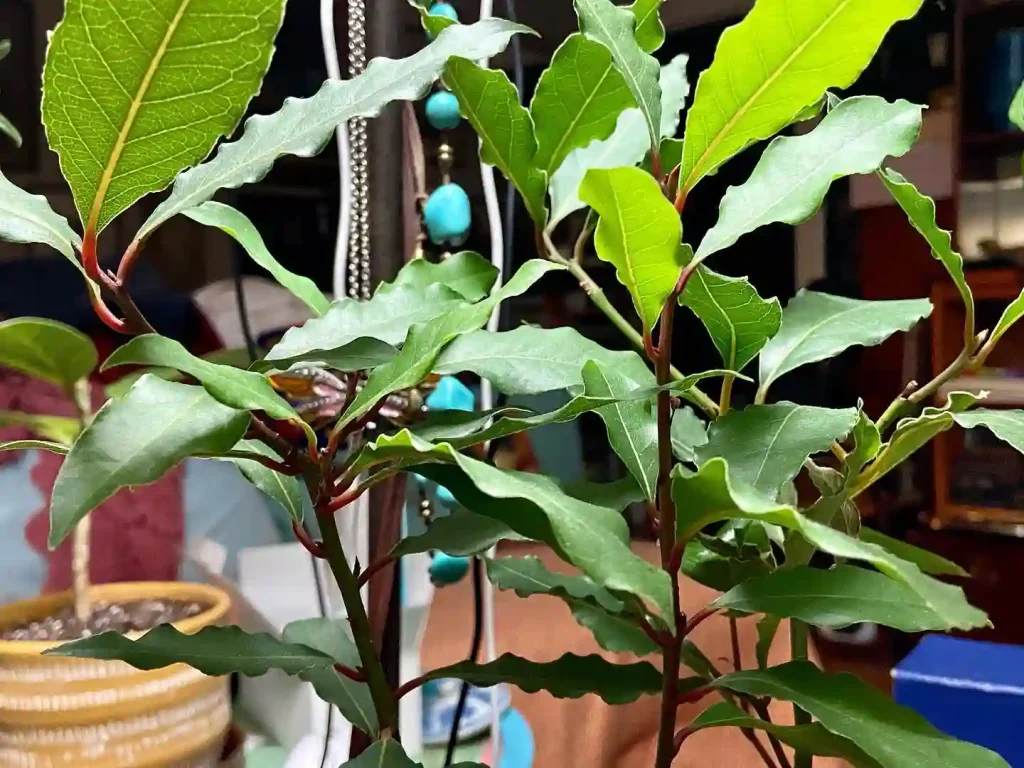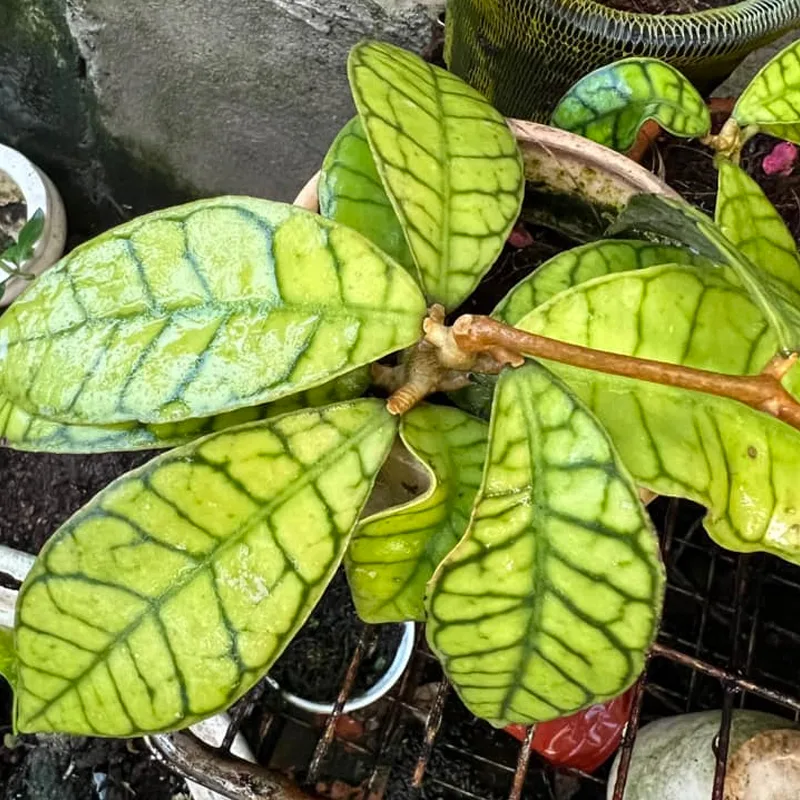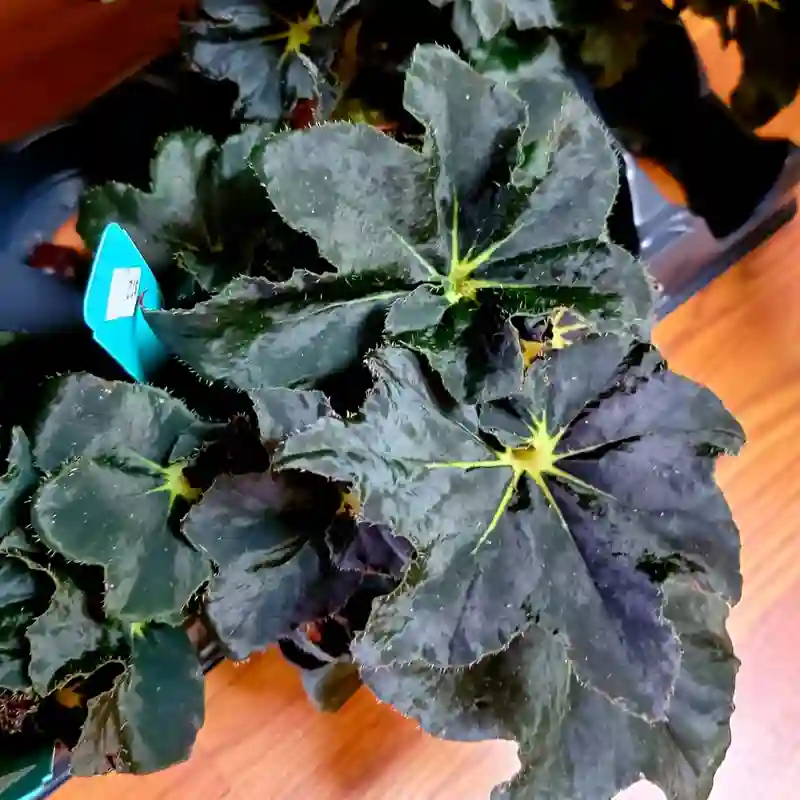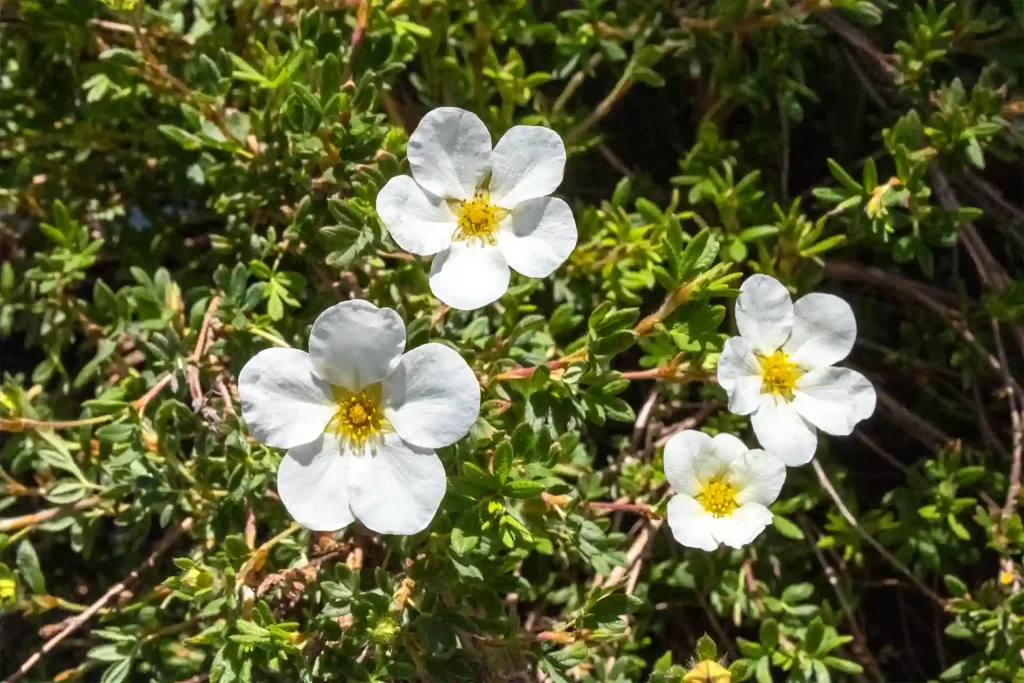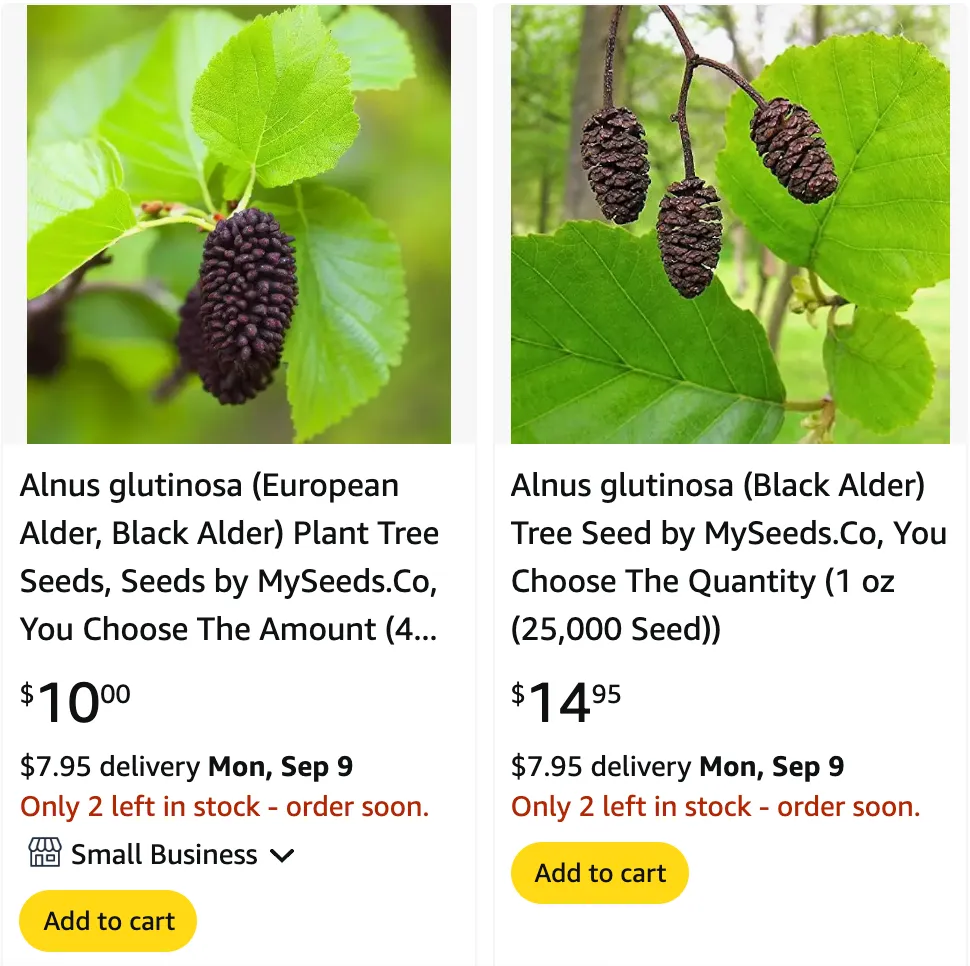
What is Alnus Glutinosa?
Alnus Glutinosa, commonly known as the Black Alder, is a deciduous tree native to Europe, Asia, and North Africa. It typically grows near water bodies, thriving in moist soils and wetland areas. Recognizable by its dark bark, catkins, and glossy green leaves, Alnus Glutinosa can reach heights of up to 25 meters. This tree is notable not only for its appearance but also for its ecological benefits, such as nitrogen-fixing roots, which improve soil quality and support surrounding plant life.
49 Species in Genus Alnus
What is Alnus Glutinosa Oil Gemmotherapy Good For?
Alnus Glutinosa oil gemmotherapy utilizes extracts from the buds of the Black Alder tree. This oil is known for its potential health benefits, particularly in traditional and alternative medicine practices. It is often used to support the respiratory system, reduce inflammation, and promote overall immune health. The anti-inflammatory properties of Alnus Glutinosa oil are believed to help alleviate conditions like sinusitis, bronchitis, and other respiratory issues. Additionally, some practitioners suggest that it can help in managing chronic inflammation and supporting vascular health.
How to Care for Alnus Glutinosa?
Caring for Alnus Glutinosa is relatively straightforward, as it is a hardy and adaptable tree. Here are some tips to ensure your Black Alder thrives:
- Soil: Alnus Glutinosa prefers moist, well-drained soils but can tolerate waterlogged conditions, making it ideal for planting near ponds, streams, or in wetland gardens.
- Watering: While it can tolerate periods of drought once established, young trees require regular watering, especially during dry spells.
- Sunlight: This tree grows best in full sun to partial shade. It can adapt to a variety of light conditions but will thrive with plenty of sunlight.
- Fertilizing: Alnus Glutinosa does not typically require additional fertilization due to its nitrogen-fixing abilities, which enhance soil fertility naturally.
How to Propagate Alnus Glutinosa?
Propagating Alnus Glutinosa can be done through seeds or cuttings. Here’s a simple guide to both methods:
- Seeds: Collect seeds from mature cones in the fall. Sow them in a seedbed or pots filled with a mix of sand and compost. Keep the soil moist and place the containers in a cold frame or a protected area outdoors to stratify over the winter. Germination usually occurs in spring.
- Cuttings: Take semi-hardwood cuttings in late summer or early autumn. Plant the cuttings in a mixture of sand and peat, and keep them in a humid environment. Rooting can take several weeks to months.
Can You Grow Alnus Glutinosa Indoors?
Growing Alnus Glutinosa indoors is not recommended. Due to its size and need for ample sunlight and space, it is better suited for outdoor environments. However, young saplings can be started indoors in large containers before being transplanted outside.
Is Alnus Glutinosa Toxic?
Alnus Glutinosa is not known to be toxic to humans or animals. In fact, its catkins and leaves are sometimes used in traditional remedies. However, as with any plant, it is advisable to handle it with care and avoid ingestion unless properly prepared by a knowledgeable practitioner.
What to Plant with Alnus Glutinosa?
Alnus Glutinosa pairs well with other water-loving plants. Consider planting it alongside species like willows (Salix), dogwoods (Cornus), and other wetland plants that thrive in similar conditions. These companion plants not only complement the visual aesthetics but also benefit from the improved soil fertility due to the alder’s nitrogen-fixing properties.
Benefits of Alnus Glutinosa
Alnus Glutinosa offers a range of benefits, both ecological and medicinal:
- Ecological Benefits: As a nitrogen-fixing tree, it improves soil fertility, benefiting nearby plants. It also provides habitat and food for wildlife, including birds and insects.
- Erosion Control: Its root system helps stabilize soil, making it an excellent choice for planting near water bodies to prevent erosion.
- Medicinal Uses: In addition to its use in gemmotherapy, Black Alder bark has been used traditionally for its astringent and anti-inflammatory properties.
Common Problems with Alnus Glutinosa
While Alnus Glutinosa is generally hardy, it can face some common issues:
- Pests: Watch out for aphids and caterpillars, which may feed on the leaves.
- Diseases: Alnus Glutinosa can be susceptible to fungal diseases like Phytophthora root rot, especially in poorly drained soils.
Compare Alnus Glutinosa with Similar Species
Alnus Glutinosa is often confused with other alder species, such as Alnus Incana (Gray Alder) and Alnus Rubra (Red Alder). While all these species share similar habitats and ecological roles, Alnus Glutinosa can be distinguished by its glossy leaves, darker bark, and preference for wetter environments. It also tends to have a more robust nitrogen-fixing ability compared to its relatives.
In conclusion, Alnus Glutinosa is a valuable tree with numerous benefits. Whether you are interested in its ecological contributions, medicinal uses, or simply as a beautiful addition to a garden, understanding its needs and characteristics can help you make the most of this versatile species.
If i die, water my plants!
